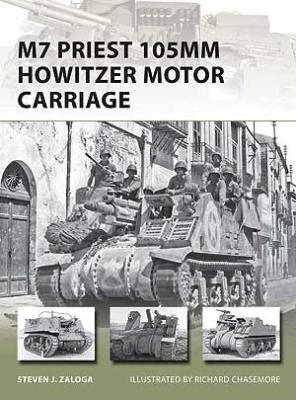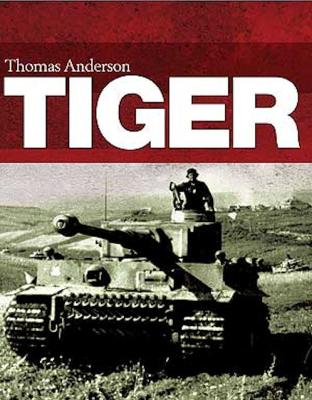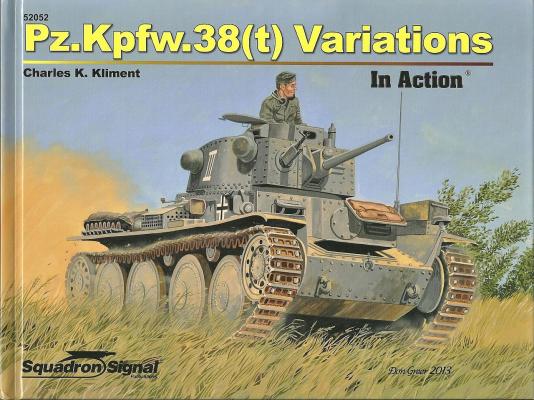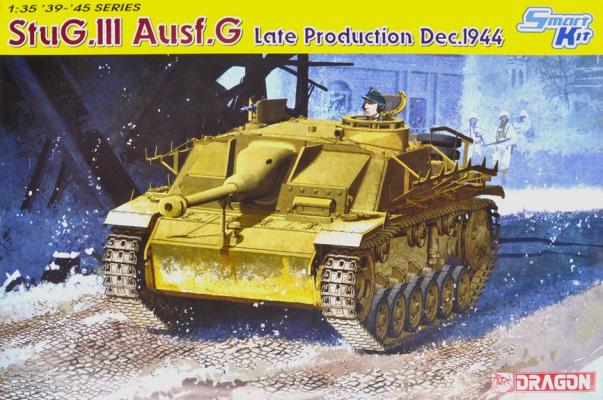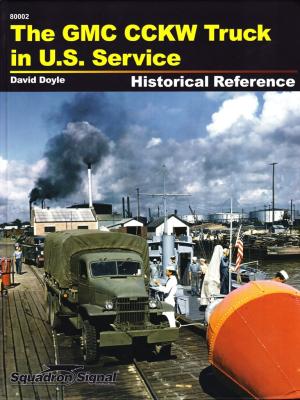Military Miniatures in Review is an armor-based magazine that has been around for many years. While this is not the first issue that I have been exposed to, it has been a while since I had picked up a copy.
One of the first things that I noticed about this magazine is its construction. It has very thick front and back covers with the pages being bound together with glue. All of the photographs are in color and very sharp and clear. One note of interest is they way that the articles are written. They are written as if the person writing them is talking to you, a somewhat different approach from many of the magazines that I read.





